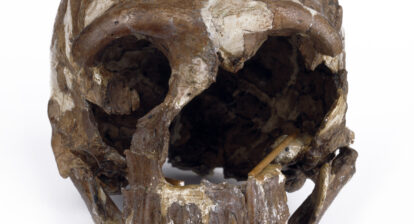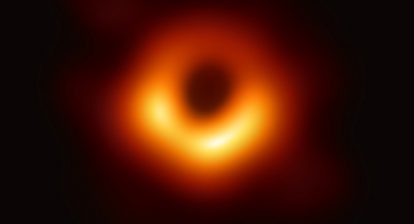On September 4, 2024, at approximately 16:46 p.m. GMT, asteroid 2024 RW1 entered Earth’s atmosphere near Luzon Island in the Philippine. This small space rock, measuring about 3 feet (1 meter) in diameter, disintegrated harmlessly in the upper atmosphere. The event created a spectacular green fireball visible for hundreds of miles, likely due to the asteroid’s high magnesium content. Despite its dramatic appearance, 2024 RW1 posed no threat to Earth or its inhabitants. Most of the asteroid burned up during atmospheric entry, with any surviving fragments likely falling into the ocean.

Catalina Sky Survey’s images identifying Asteroid 2024 RW1. Catalina Sky Survey via X
This occurrence is relatively common, as objects of this size enter Earth’s atmosphere roughly once every two weeks. What makes this event notable is that astronomers detected 2024 RW1 approximately eight hours before impact, marking only the ninth time in history that scientists have successfully predicted an asteroid’s collision with Earth. This early detection demonstrates the increasing effectiveness of near-Earth object monitoring systems, such as the NASA-funded Catalina Sky Survey, which first spotted the asteroid.






